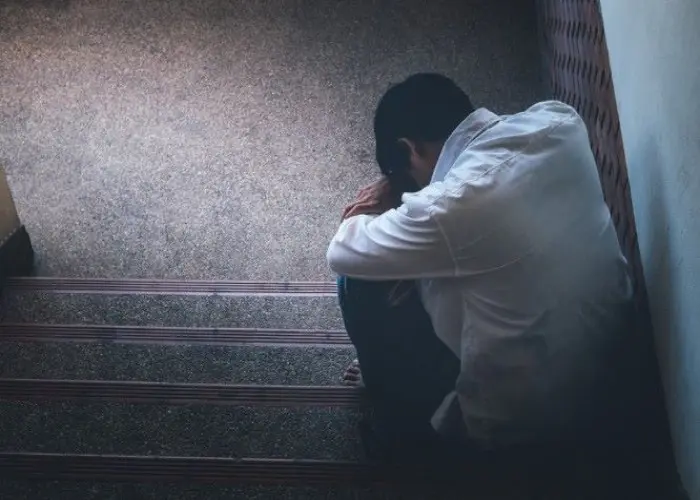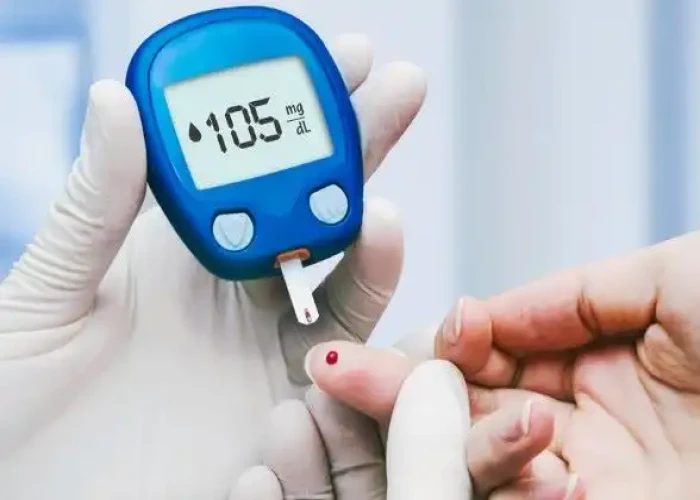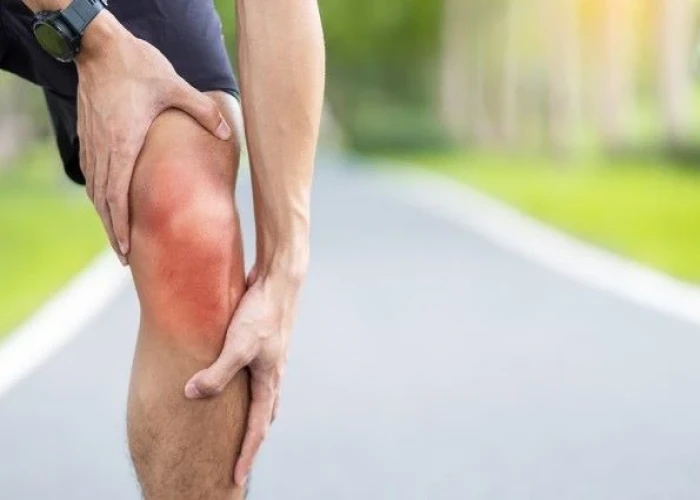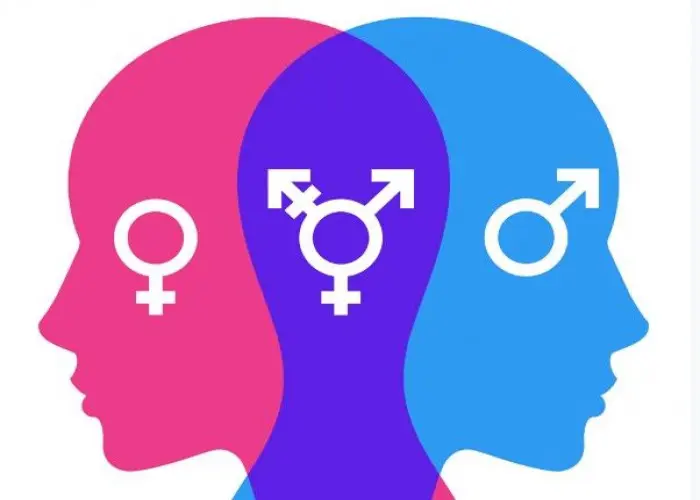 Welcome
Welcome
“May all be happy, may all be healed, may all be at peace and may no one ever suffer."
Male hypogonadism

Male hypogonadism is a condition in which the body does not produce enough testosterone, the primary male sex hormone. It can occur at any age, but is more commonly diagnosed in older men.
Symptoms of male hypogonadism can include:
- Reduced sex drive and difficulty getting or maintaining an erection
- Decreased energy levels and fatigue
- Loss of muscle mass and strength
- Increased body fat and reduced bone density
- Mood changes, such as depression or irritability
There are two main types of male hypogonadism: primary and secondary. Primary hypogonadism occurs when there is a problem with the testicles themselves, which can be caused by genetic conditions, injury or infection, chemotherapy or radiation therapy, or other factors. Secondary hypogonadism occurs when there is a problem with the hypothalamus or pituitary gland, which can be caused by conditions such as tumors, radiation therapy, or head injury.
Diagnosis of male hypogonadism involves a physical exam, blood tests to measure testosterone levels, and possibly imaging studies to check for structural abnormalities. Treatment options can include testosterone replacement therapy, which can be given in the form of injections, gels, or patches, as well as lifestyle changes such as diet and exercise.
It is important to note that testosterone replacement therapy can have potential side effects and risks, and it should only be used under the guidance of a healthcare provider. Regular follow-up care and monitoring of testosterone levels is also important to ensure that treatment is effective and safe.
Research Papers
Disease Signs and Symptoms
- Small in penis size
- Sexual dysfunction
- Reduced sexual desire
- Infertility
- Weakened bone (osteoporosis)
- Changes to the skin covering breasts, such as dimpling, puckering, redness or scaling
- Changes to the nipple, such as redness or scaling, or a nipple that begins to turn inward
- Genitals that are neither clearly male nor clearly female (ambiguous genitals)
- Decrease in hair growth on the face and body
Disease Causes
Male hypogonadism
Male hypogonadism means the testicles don't produce enough of the male sex hormone testosterone. There are two basic types of hypogonadism:
- Primary. This type of hypogonadism — also known as primary testicular failure — originates from a problem in the testicles.
- Secondary. This type of hypogonadism indicates a problem in the hypothalamus or the pituitary gland — parts of the brain that signal the testicles to produce testosterone. The hypothalamus produces gonadotropin-releasing hormone, which signals the pituitary gland to make follicle-stimulating hormone (FSH) and luteinizing hormone (LH). Luteinizing hormone then signals the testes to produce testosterone.
Either type of hypogonadism can be caused by an inherited (congenital) trait or something that happens later in life (acquired), such as an injury or an infection. At times, primary and secondary hypogonadism occur together.
Primary hypogonadism
Common causes of primary hypogonadism include:
- Klinefelter syndrome. This condition results from a congenital abnormality of the sex chromosomes, X and Y. A male normally has one X and one Y chromosome. In Klinefelter syndrome, two or more X chromosomes are present in addition to one Y chromosome.
- The Y chromosome contains the genetic material that determines the sex of a child and related development. The extra X chromosome that occurs in Klinefelter syndrome causes abnormal development of the testicles, which in turn results in underproduction of testosterone.
- Undescended testicles. Before birth, the testicles develop inside the abdomen and normally move down into their permanent place in the scrotum. Sometimes one or both of the testicles aren't descended at birth.
- This condition often corrects itself within the first few years of life without treatment. If not corrected in early childhood, it can lead to malfunction of the testicles and reduced production of testosterone.
- Mumps orchitis. A mumps infection involving the testicles that occurs during adolescence or adulthood can damage the testicles, affecting the function of the testicles and testosterone production.
- Hemochromatosis. Too much iron in the blood can cause testicular failure or pituitary gland dysfunction, affecting testosterone production.
- Injury to the testicles. Because they're outside the abdomen, the testicles are prone to injury. Damage to both testicles can cause hypogonadism. Damage to one testicle might not impair total testosterone production.
- Cancer treatment. Chemotherapy or radiation therapy for the treatment of cancer can interfere with testosterone and sperm production. The effects of both treatments often are temporary, but permanent infertility may occur.
- Although many men regain their fertility within a few months after treatment, preserving sperm before starting cancer therapy is an option for men.
Secondary hypogonadism
In secondary hypogonadism, the testicles are normal but don't function properly due to a problem with the pituitary or hypothalamus. A number of conditions can cause secondary hypogonadism, including:
- Kallmann's syndrome. This is an abnormal development of the area of the brain that controls the secretion of pituitary hormones (hypothalamus). This abnormality can also affect the ability to smell (anosmia) and cause red-green color blindness.
- Pituitary disorders. An abnormality in the pituitary gland can impair the release of hormones from the pituitary gland to the testicles, affecting normal testosterone production. A pituitary tumor or other type of brain tumor located near the pituitary gland may cause testosterone or other hormone deficiencies.
- Also, treatment for a brain tumor, such as surgery or radiation therapy, can affect the pituitary gland and cause hypogonadism.
- Inflammatory disease. Certain inflammatory diseases, such as sarcoidosis, histiocytosis and tuberculosis, involve the hypothalamus and pituitary gland and can affect testosterone production.
- HIV/AIDS. HIV/AIDS can cause low levels of testosterone by affecting the hypothalamus, the pituitary and the testes.
- Medications. The use of certain drugs, such as opiate pain medications and some hormones, can affect testosterone production.
- Obesity. Being significantly overweight at any age might be linked to hypogonadism.
- Aging. As men age, there's a slow, progressive decrease in testosterone production. The rate varies greatly.
Disease Prevents
Disease Treatments
Adult men
Male hypogonadism usually is treated with testosterone replacement to return testosterone levels to normal. Testosterone can help counter the signs and symptoms of male hypogonadism, such as decreased sexual desire, decreased energy, decreased facial and body hair, and loss of muscle mass and bone density.
For older men who have low testosterone and signs and symptoms of hypogonadism due to aging, the benefits of testosterone replacement are less clear.
While you're taking testosterone, the Endocrine Society recommends that your health care provider monitor you for treatment effectiveness and side effects several times during your first year of treatment and yearly after that.
Types of testosterone replacement therapy
Oral testosterone preparations have not been used for treatment of hypogonadism because they can cause serious liver problems. Also, they don't keep testosterone levels steady.
One Food and Drug Administration-approved oral testosterone replacement preparation, testosterone undecanoate (Jatenzo), is absorbed by the lymph system. It might avoid the liver problems seen with other oral forms of testosterone.
Other preparations you might choose, depending on convenience, cost and your insurance coverage, include:
- Gel. There are several gels and solutions available, with different ways of applying them. Depending on the brand, you rub the testosterone into your skin on your upper arm or shoulder (AndroGel, Testim, Vogelxo) or apply it to the front and inner thigh (Fortesta).
- Your body absorbs testosterone through your skin. Don't shower or bathe for several hours after a gel application, to be sure it gets absorbed.
- Side effects include skin irritation and the possibility of transferring the medication to another person. Avoid skin-to-skin contact until the gel is completely dry, or cover the area after an application.
- Injection. Testosterone cypionate (Depo-Testosterone) and testosterone enanthate are given in a muscle or under the skin. Your symptoms might waver between doses depending on the frequency of injections.
- You or a family member can learn to give testosterone injections at home. If you're uncomfortable giving yourself injections, member of your care team can give the injections.
- Testosterone undecanoate (Aveed) is given by deep intramuscular injection, typically every 10 weeks. It must be given at your provider's office and can have serious side effects.
- Patch. A patch containing testosterone (Androderm) is applied each night to your thighs or torso. A possible side effect is severe skin reaction.
- Gum and cheek (buccal cavity). A small putty-like substance, gum-and-cheek testosterone replacement delivers testosterone through the natural depression above your top teeth where your gum meets your upper lip (buccal cavity).
- This product, taken three times a day, sticks to your gumline and allows testosterone to be absorbed into your bloodstream. It can cause gum irritation.
- Nasal. This testosterone gel (Natesto) can be pumped into the nostrils. This option reduces the risk that medication will be transferred to another person through skin contact. Nasal-delivered testosterone must be applied twice in each nostril, three times daily, which might be more inconvenient than other delivery methods.
- Implantable pellets. Testosterone-containing pellets (Testopel) are surgically implanted under the skin every three to six months. This requires an incision.
Testosterone therapy carries various risks, including:
- Increased production of red blood cells
- Acne
- Enlarged breasts
- Sleep disturbances
- Prostate enlargement
- Limited sperm production
Treatment of infertility due to hypogonadism
If a pituitary problem is the cause, pituitary hormones can be given to stimulate sperm production and restore fertility. A pituitary tumor may require surgical removal, medication, radiation or the replacement of other hormones.
There's often no effective treatment to restore fertility in men with primary hypogonadism, but assisted reproductive technology may be helpful. This technology covers a variety of techniques designed to help couples who have been unable to conceive.
Treatment for boys
Treatment of delayed puberty in boys depends on the underlying cause. Three to six months of testosterone supplementation given as an injection can stimulate puberty and the development of secondary sex characteristics, such as increased muscle mass, beard and pubic hair growth, and growth of the penis.
Disease Diagnoses
Disease Allopathic Generics
Disease Ayurvedic Generics
Disease Homeopathic Generics
Disease yoga
Male hypogonadism and Learn More about Diseases

Depression (major depressive disorder)

Type 2 diabetes

Alcoholic hepatitis

Patellar tendinitis

Migraine with aura

Liver hemangioma

Yeast infection (vaginal)

Gender dysphoria
male hypogonadism, পুরুষ হাইপোগোনাদিজম
To be happy, beautiful, healthy, wealthy, hale and long-lived stay with DM3S.
